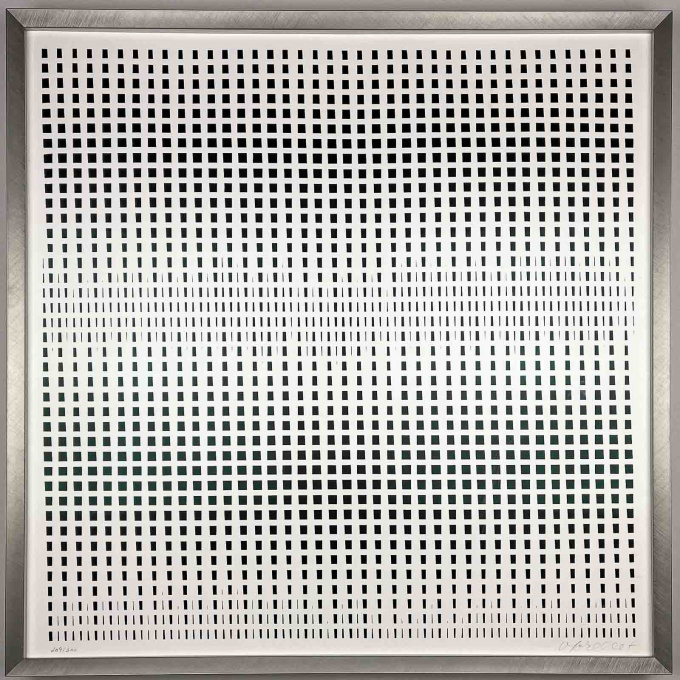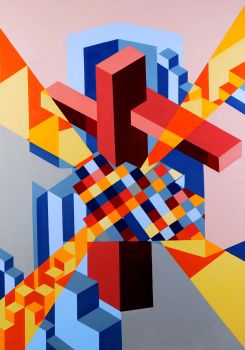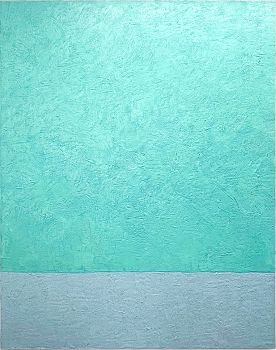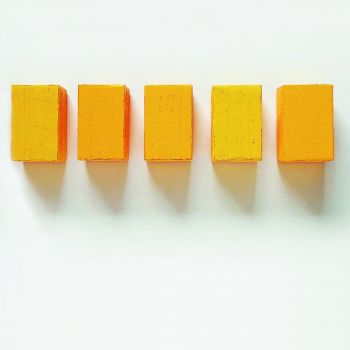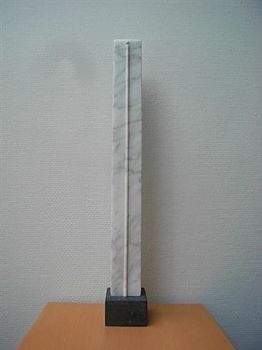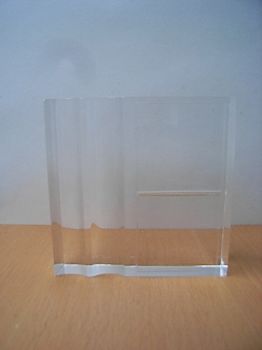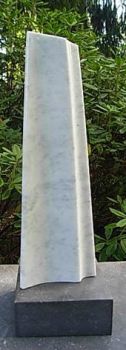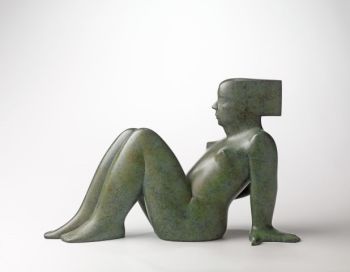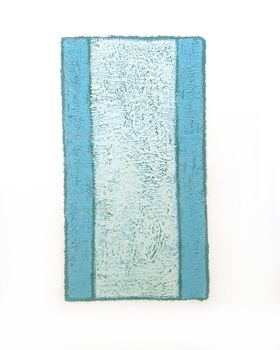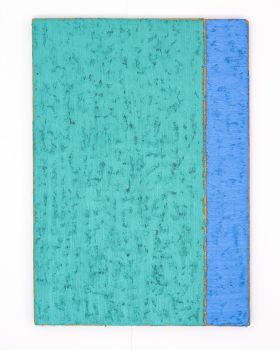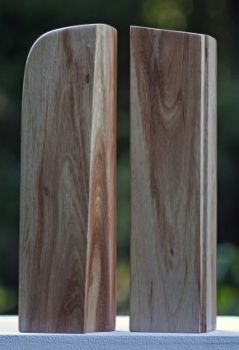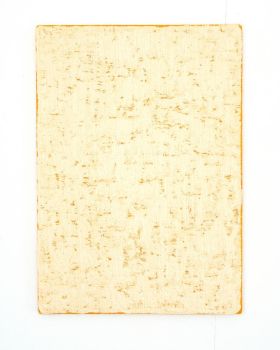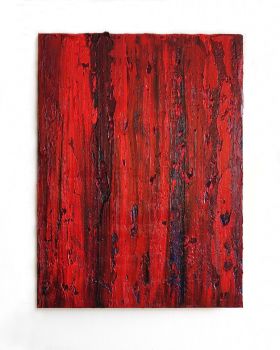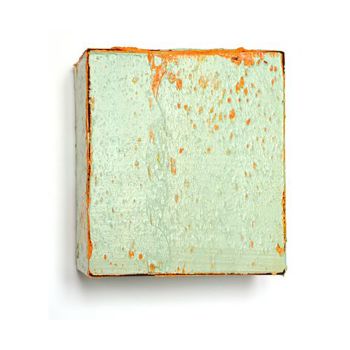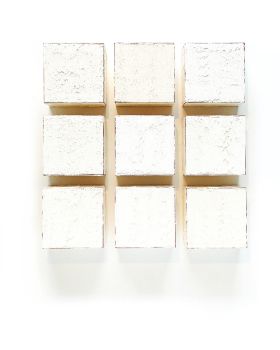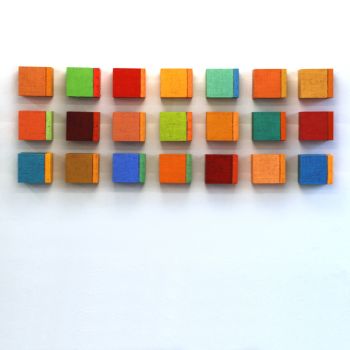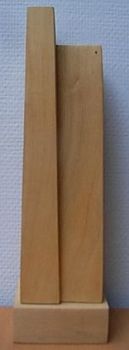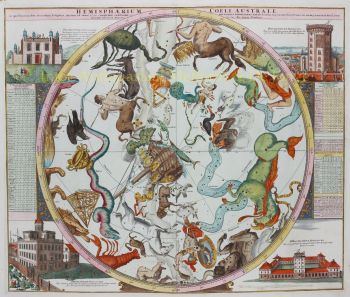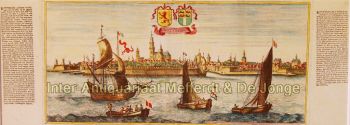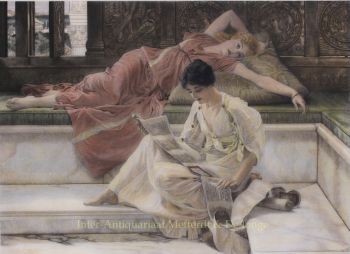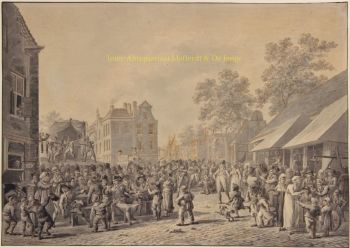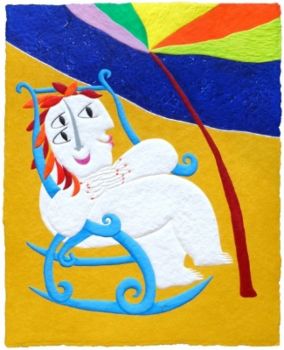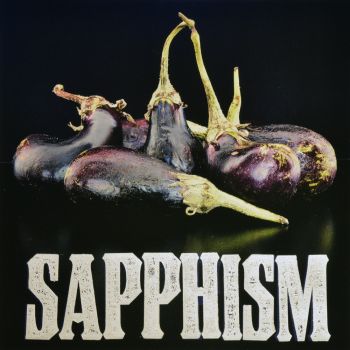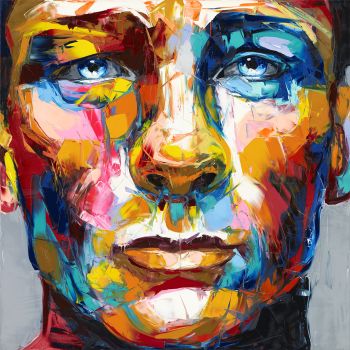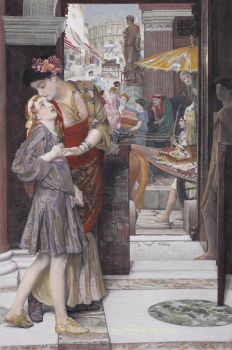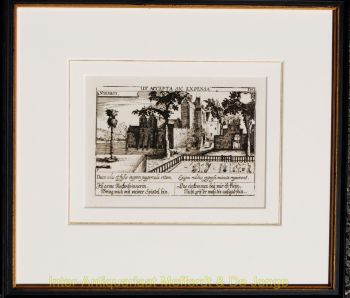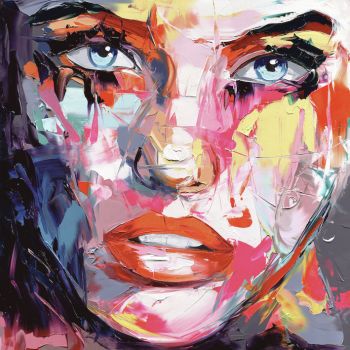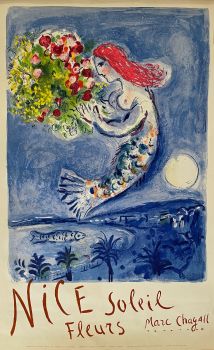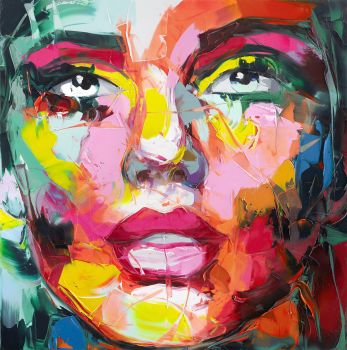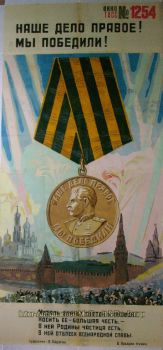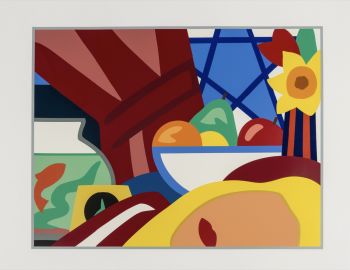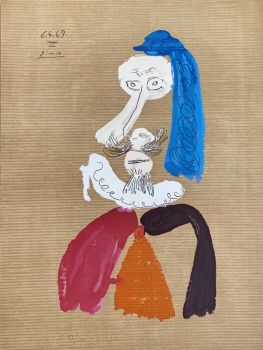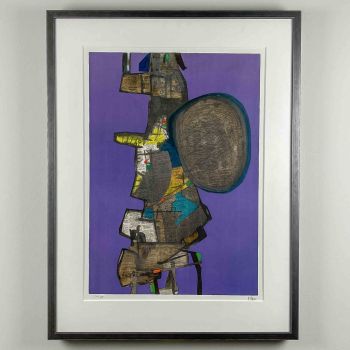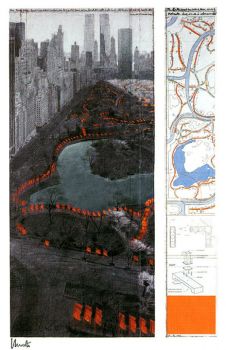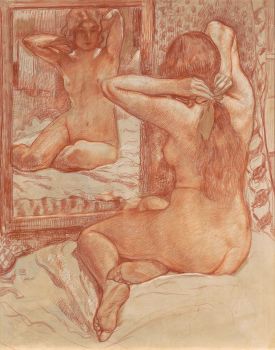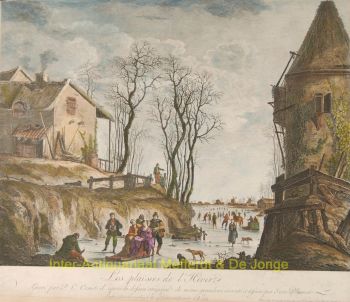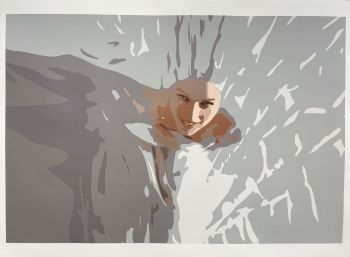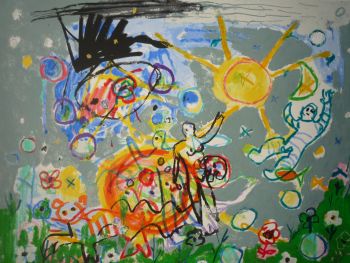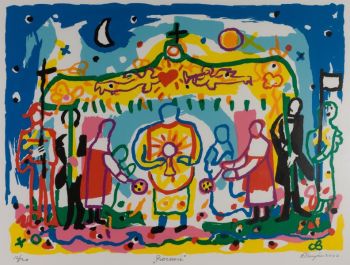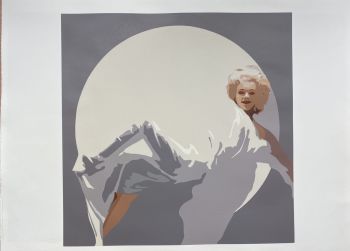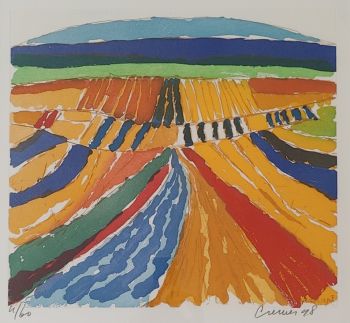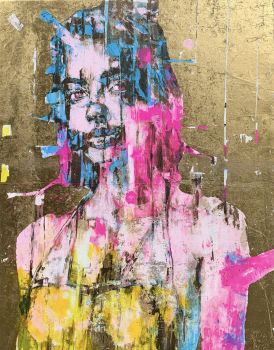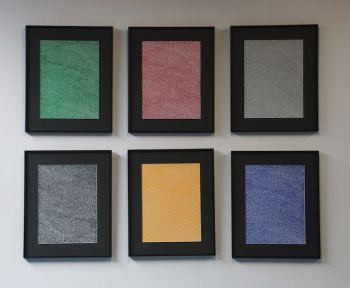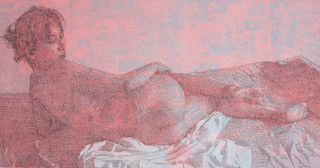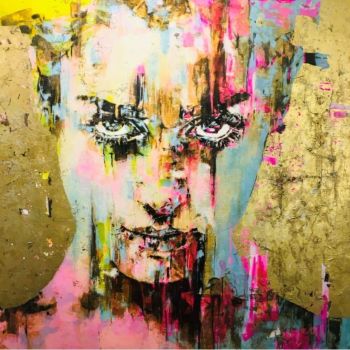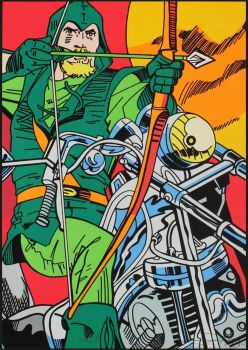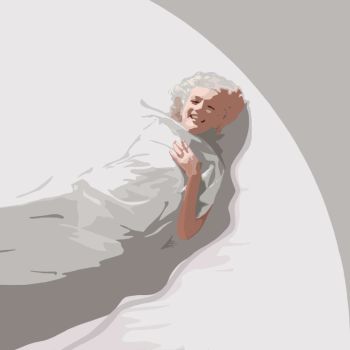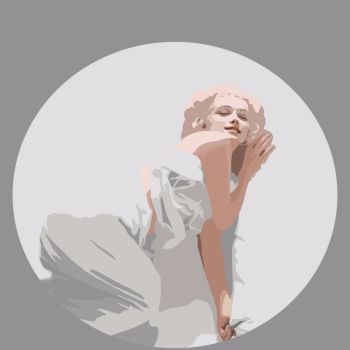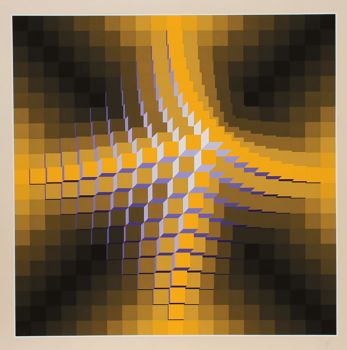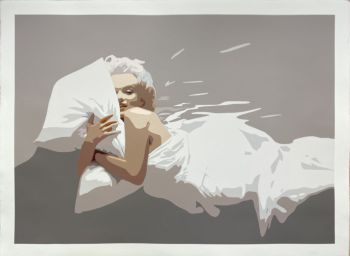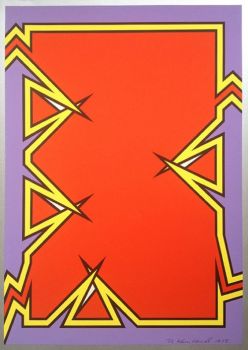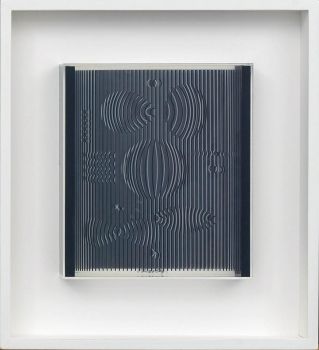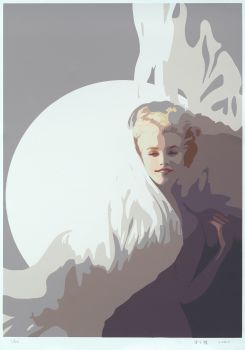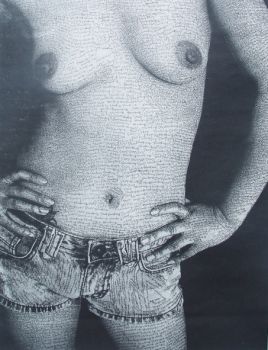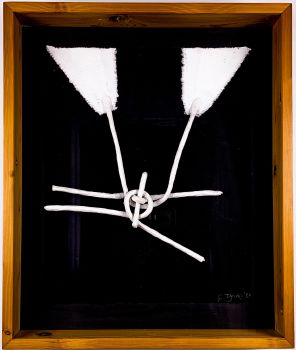“Trames” 1970 – silkscreen on wove paper, framed museumglass 1970
François Morellet
PapelImpresiónSerigrafía
67 ⨯ 67 ⨯ 6 cm
ConditionVery good
€ 1.750
Van Kerkhoff Art
- Sobre la obra de arteSilkscreen op wove paper, printed in 1970. Signed and numbered (209/300) by the artist in pensil.
Professionally framed in brushed aluminium frame with museumglass.
About François Morellet
François Morellet (Cholet 1926 – Cholet 2016) was a French painter, sculptor, and light artist. François Morellet ‘s early work prefigured minimal art and conceptual art, and he played a prominent role in the development of geometrical abstract art.
Morellet began his artistic career – still working in his parents’ business – as a autodidact painter. His work was influenced by the work of the Dutch painter Piet Mondriaan and by the French painter Pierre Dmitrienko (Nouvelle École de Paris).
As early as 1950 he called himself an abstract painter and around that time he already had his first exhibition at Galerie Creuze in Paris. His first “sphère trame” dates from this period.
In the 1960’s, together with artists such as Francisco Sobrino, Horacio Garcia Rossi, Julio Le Parc, Yvaral and Joël Stein, he started experimenting with kinetic art within the artists’ group “Groupe de Recherche d’Art Visuel”, which wanted to experimentally explore the possibilities of visual art in a scientific way. He also participated in the international movement “Nouvelle Tendance”.
In 1963, Morellet began to create light objects using neon tubes after the example of the American Dan Flavin. From the end of the sixties, Morellet started to occupy himself with art in relation to architecture and art in public spaces. Examples of these projects are: the Centre Culturel in Compiègne, the La Défense district in Paris and contributions to the sculpture park of the Kröller-Müller Museum in Otterlo.
Morellet’s work is considered to be geometric abstraction and it fits in with the minimalism of Donald Judd, Ellsworth Kelly, Sol LeWitt and Frank Stella. At the same time, there is an affinity with Dadaism.
Many international musea represent Morellet’s work, among many others: Centre Pompidou, Paris; Tate Gallery, London; MoMa, New York; Los Angeles Museum of Art (Lacma); The Tel Aviv Museum and Nationalgalerie, Berlin.
Signed
Signed and numbered (209/300) by the artist in pensil.
Condition
Very good condition, full margins.
Dimensions
Sheet
Height 64 cm
Width 64 cm
Frame
Height 67 cm
Width 67 cm
Depth 6 cm - Sobre el artista
François Morellet (30 de abril de 1926 en Cholet - 11 de mayo de 2016) fue un artista francés. Participó activamente en varias formas de arte a lo largo de su carrera, incluida la pintura, el arte de la luz, la escultura y las artes gráficas.
Morellet comenzó su carrera artística cuando aún trabajaba en el negocio de sus padres, como pintor. A partir de 1948 aprendió a pintar por su cuenta y unos años más tarde fue aprendiz de un pintor profesional.
Su obra estuvo influenciada por artistas como Piet Mondrian y el pintor Pierre Dmitrienko (Nouvelle École de Paris). Se llamó a sí mismo pintor abstracto ya en 1950 y tuvo su primera exposición en Galerie Creuze en París en esa época. Su primer sphère trame data de ese período.
En los años sesenta comenzó a experimentar con el arte cinético junto a artistas como Francisco Sobrino, Horacio Garcia Rossi, Julio Le Parc, Yvaral y Joël Stein, dentro del grupo de artistas Groupe de Recherche d'Art Visuel. Este grupo quería investigar científicamente las posibilidades del arte visual de forma experimental. También participó en el movimiento internacional Nouvelle Tendance.
En 1963, Morellet comenzó a fabricar objetos de luz utilizando tubos de neón, inspirándose en el estadounidense Dan Flavin. Desde fines de la década de 1960, Morellet comenzó a enfocarse en el arte en relación con la arquitectura y el arte en el espacio público. Ejemplos de estos proyectos son el Centre Culturel en Compiègne, el distrito de La Défense en París y las contribuciones al parque de esculturas del Museo Kröller-Müller en Otterlo.
El trabajo de Morellet se clasifica como abstracción geométrica y encaja bien con el minimalismo de Donald Judd, Ellsworth Kelly, Sol LeWitt y Frank Stella. Al mismo tiempo, muestra parentesco con el dadaísmo.
Un ejemplo típico de su trabajo es NoEndNeon en el Zentrum für Internationale Lichtkunst en Unna, donde realizó esta instalación especialmente para un espacio subterráneo del museo de arte de la luz.
¿Está interesado en comprar esta obra de arte?
Artwork details
Related artworks
- 1 - 4 / 24
- 1 - 4 / 24
William Rosewood
She Loves Me, She Loves Me Not2019 - 2020
Precio a consultarGalerie Mia Joosten Amsterdam
Victor Vasarely
"Venus", multiple 1987 - professionally framed, museumglass1987
€ 3.700Van Kerkhoff Art
 curada por
curada porDanny Bree
1 - 4 / 24- 1 - 4 / 12

